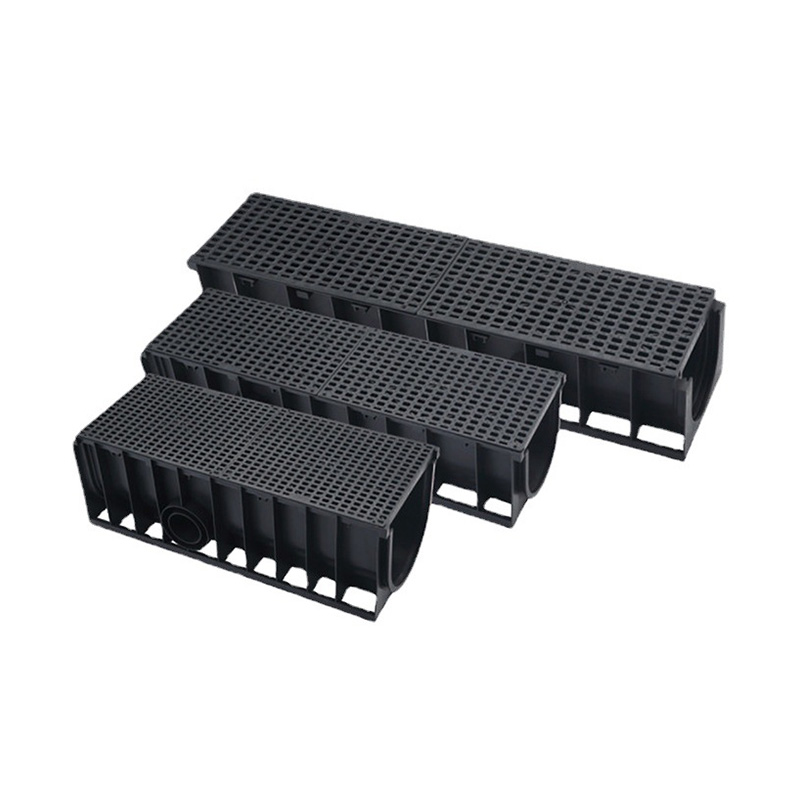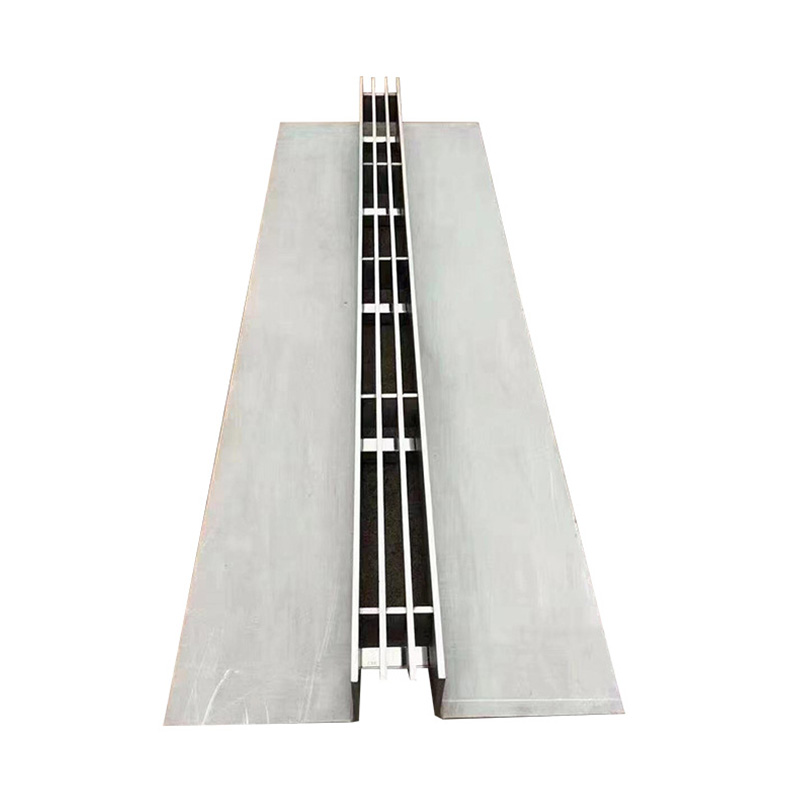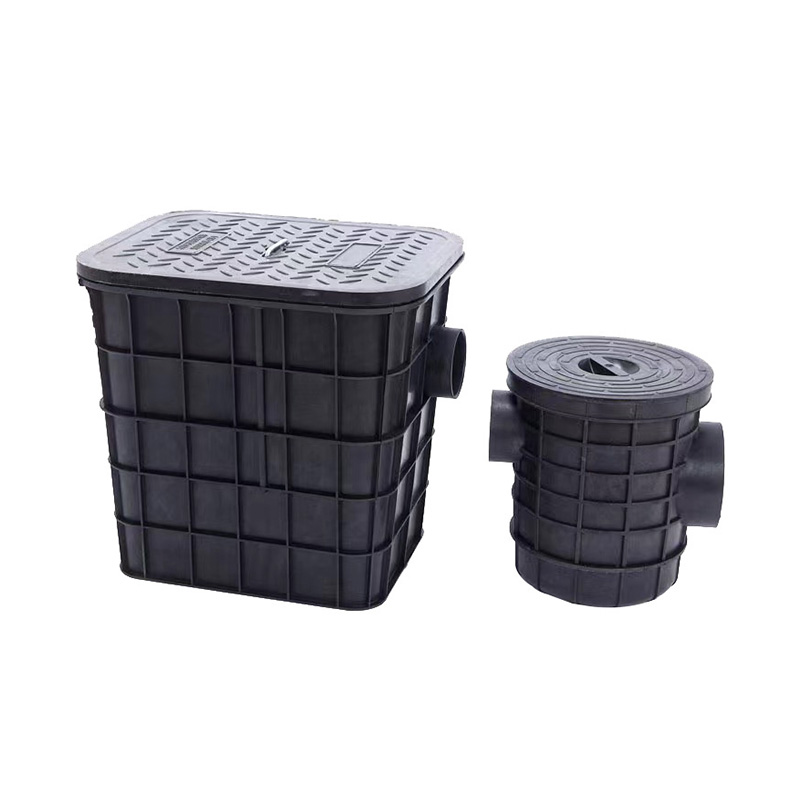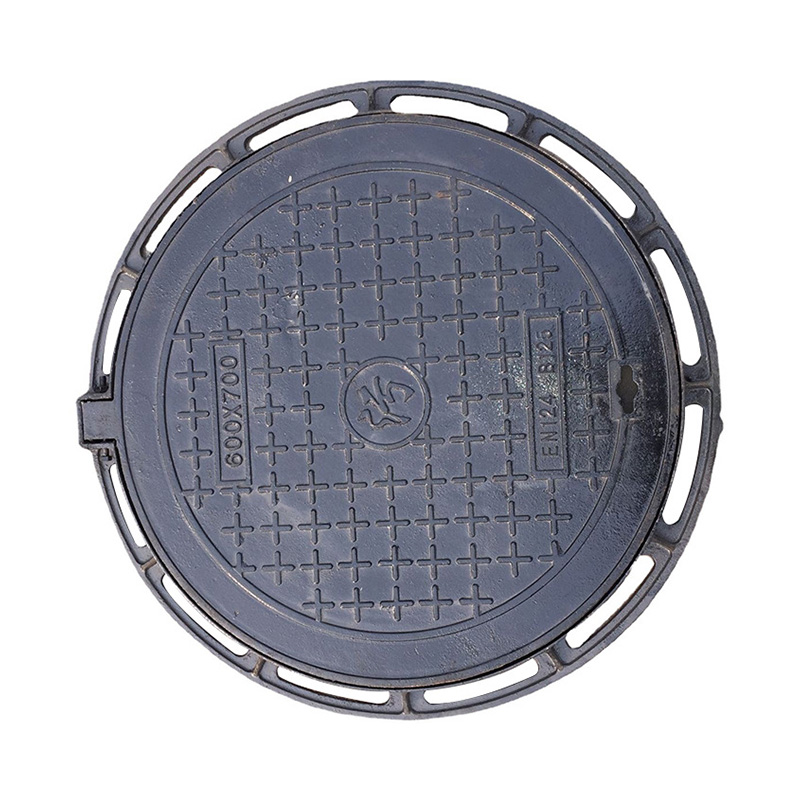As environmental awareness continues to grow, industries are exploring sustainable options for their products. One area gaining attention is the manufacturing of Cable Chamber Box units used in various infrastructure and industrial applications. The shift toward eco-friendly materials in the production of these boxes reflects a broader commitment to reducing environmental impact while maintaining functionality.
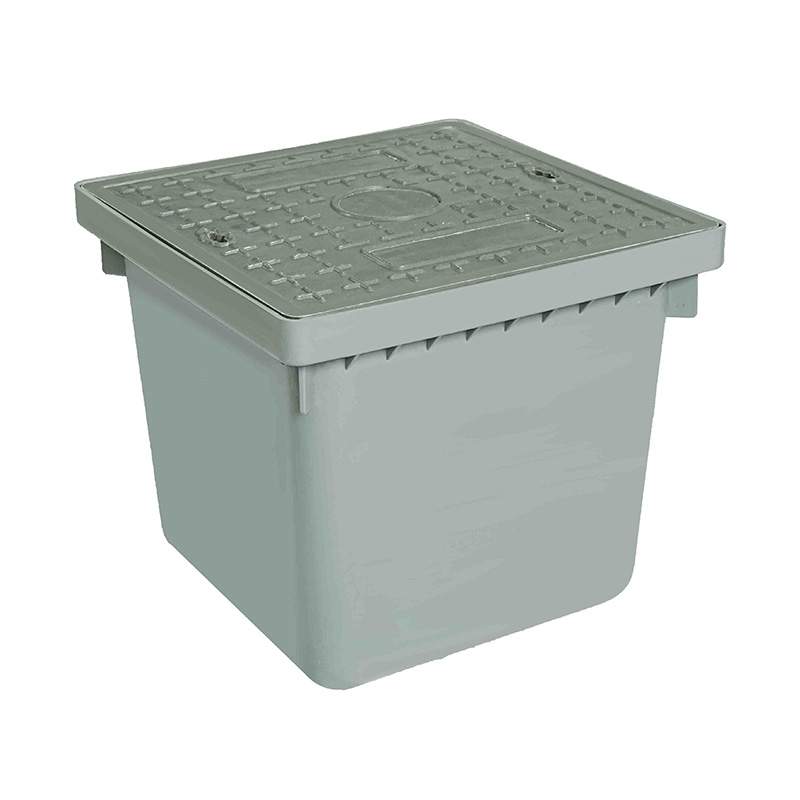
The Cable Chamber Box is an essential component for organizing and protecting electrical and communication cables. Traditionally, these boxes have been made from materials such as metals or conventional plastics. However, modern manufacturing increasingly favors materials that offer environmental benefits, such as recyclability, reduced carbon footprint, and safer disposal methods.
One popular eco-friendly material used in Cable Chamber Box manufacturing is recycled plastic. Utilizing post-consumer or post-industrial plastic waste reduces the demand for virgin plastic, thereby lowering the environmental burden associated with raw material extraction. Recycled plastic also helps divert waste from landfills, supporting circular economy principles. These plastics maintain adequate durability and resistance, ensuring that the Chamber Box performs well in various conditions.
Biodegradable polymers are another emerging choice for Chamber Box materials. These polymers can break down naturally over time when exposed to certain environmental conditions, reducing long-term pollution. While biodegradable plastics are not yet as common in heavy-duty applications, ongoing research and development are expanding their viability for products like the Chamber Box, especially in cases where shorter product life cycles are acceptable.
In addition to plastic alternatives, some manufacturers are exploring natural fiber composites. These composites blend fibers such as hemp, flax, or jute with biodegradable resins. The resulting material offers a balance of strength and sustainability. A Cable Chamber Box made with such composites can reduce reliance on fossil fuel-based plastics while providing sufficient protection for cables. The use of natural fibers also enhances the biodegradability of the final product.
Metal-based Cable Chamber Box units are also subject to sustainability improvements. For example, aluminum and stainless steel are favored for their recyclability and long service life. Metals can be recycled repeatedly without significant degradation, which helps reduce the environmental footprint of manufacturing processes. Additionally, manufacturing techniques that reduce energy consumption during metal fabrication contribute to the overall eco-friendliness of metal Chamber Box products.
Surface treatments and coatings applied to Cable Chamber Box materials have evolved to meet environmental standards. Some coatings now avoid hazardous chemicals and use water-based or low-VOC (volatile organic compounds) formulations. These coatings help protect the box from corrosion or UV damage while reducing harmful emissions during production and use.
Design considerations also play a role in eco-friendly Cable Chamber Box manufacturing. Lightweight designs reduce the amount of raw material required and can lower transportation emissions. Modular or standardized designs facilitate easier repair and recycling at the end of the product's lifecycle. Designing for disassembly means components can be separated more effectively for recycling, preventing mixed material waste.
The environmental impact of the Cable Chamber Box extends beyond manufacturing materials. Sustainable sourcing of raw materials ensures that resources are harvested responsibly, with attention to biodiversity and habitat preservation. For plastic components, certification programs verify that recycled materials meet quality and safety standards without compromising environmental goals.
Many manufacturers track their carbon footprint and seek to improve energy efficiency throughout production. Using renewable energy sources in factories, optimizing logistics, and reducing waste all contribute to greener manufacturing of Cable Chamber Box products. These efforts align with global sustainability initiatives and regulatory frameworks aimed at reducing industrial pollution.
End users also play a part in the eco-friendliness of Cable Chamber Box use. Proper installation and maintenance prolong the service life of the box, reducing the need for replacement and waste generation. At the end of its life, recycling or responsible disposal prevents environmental contamination and recovers valuable materials for reuse.

 English
English русский
русский Español
Español عربى
عربى
